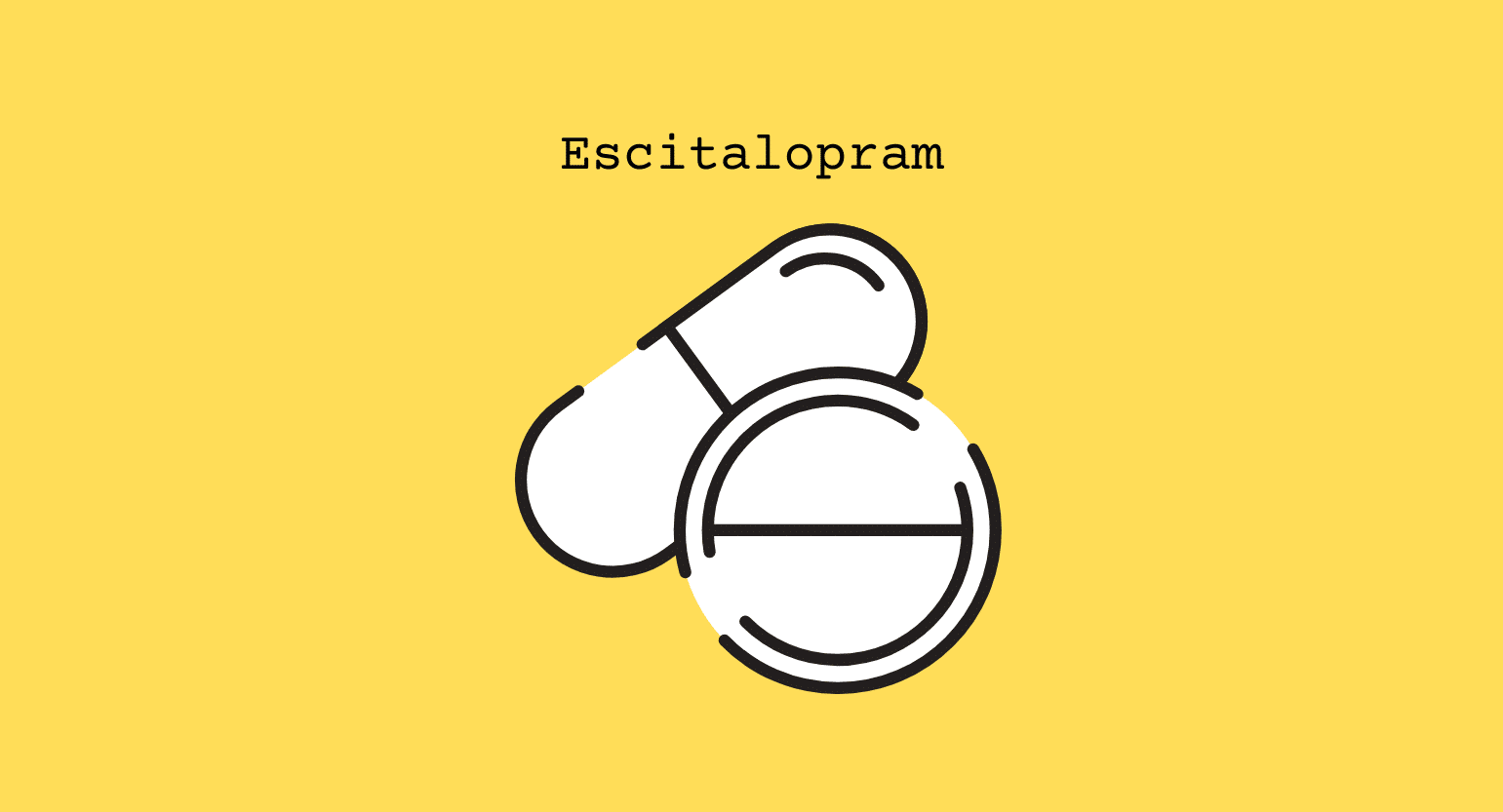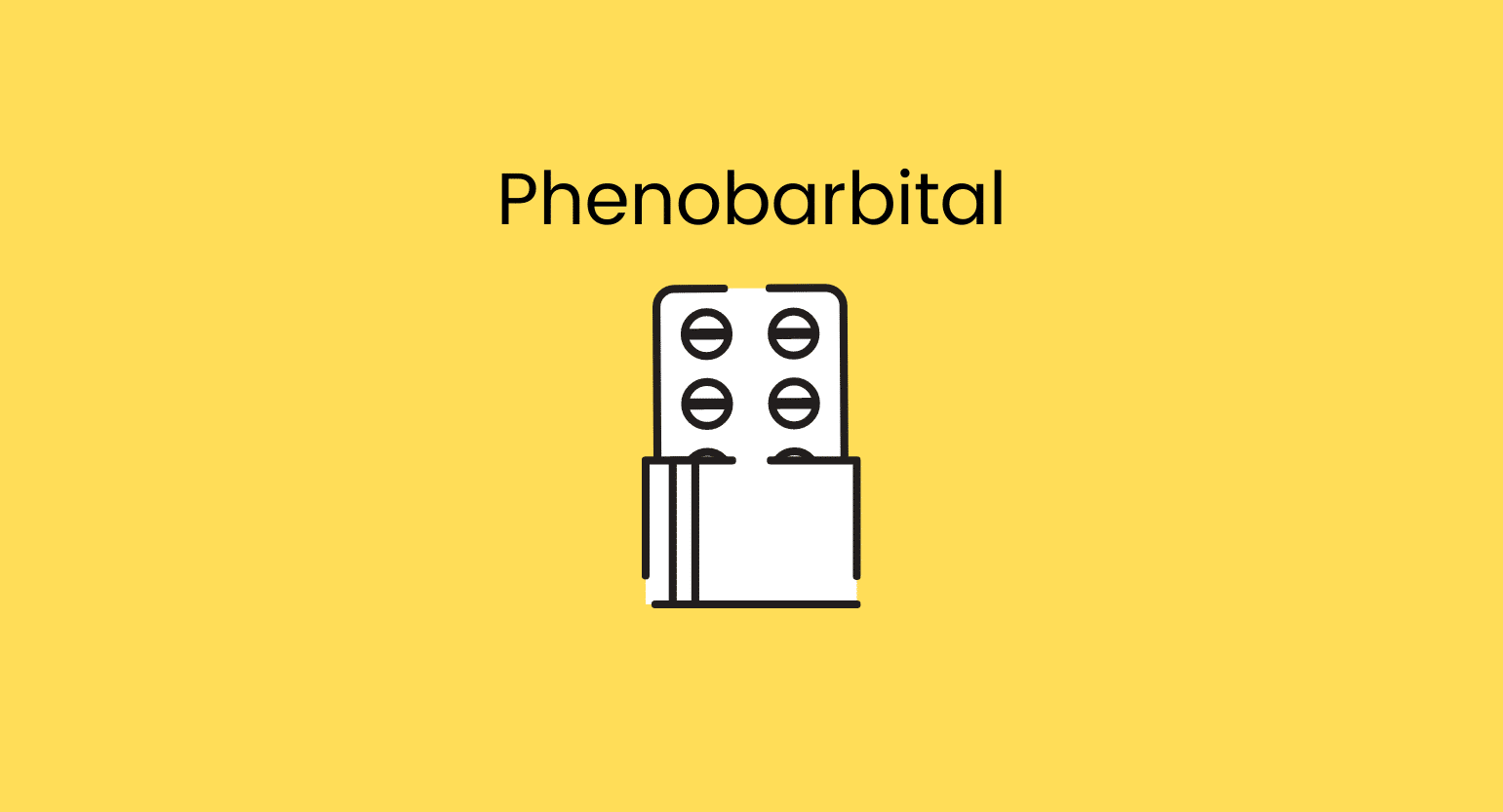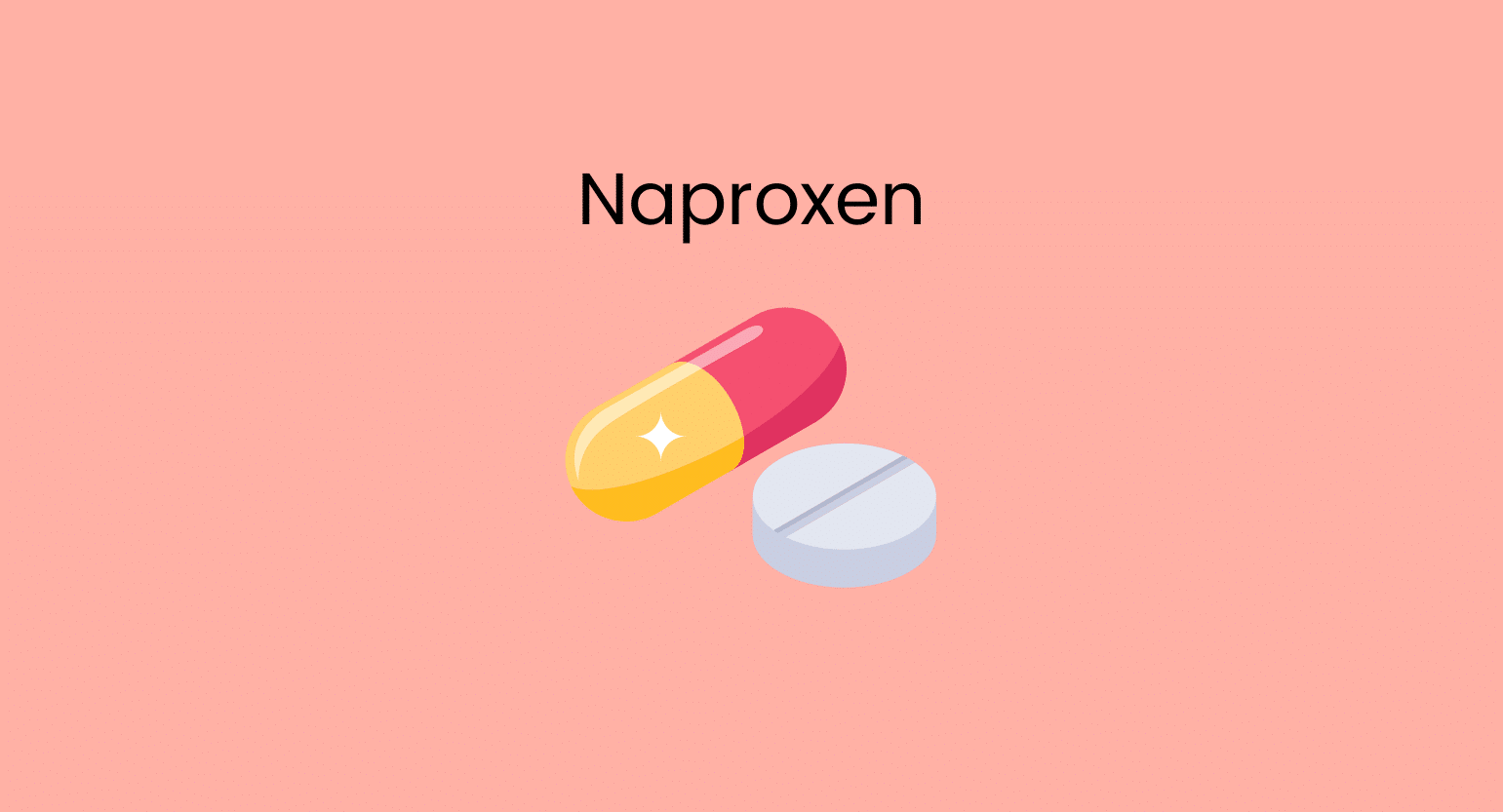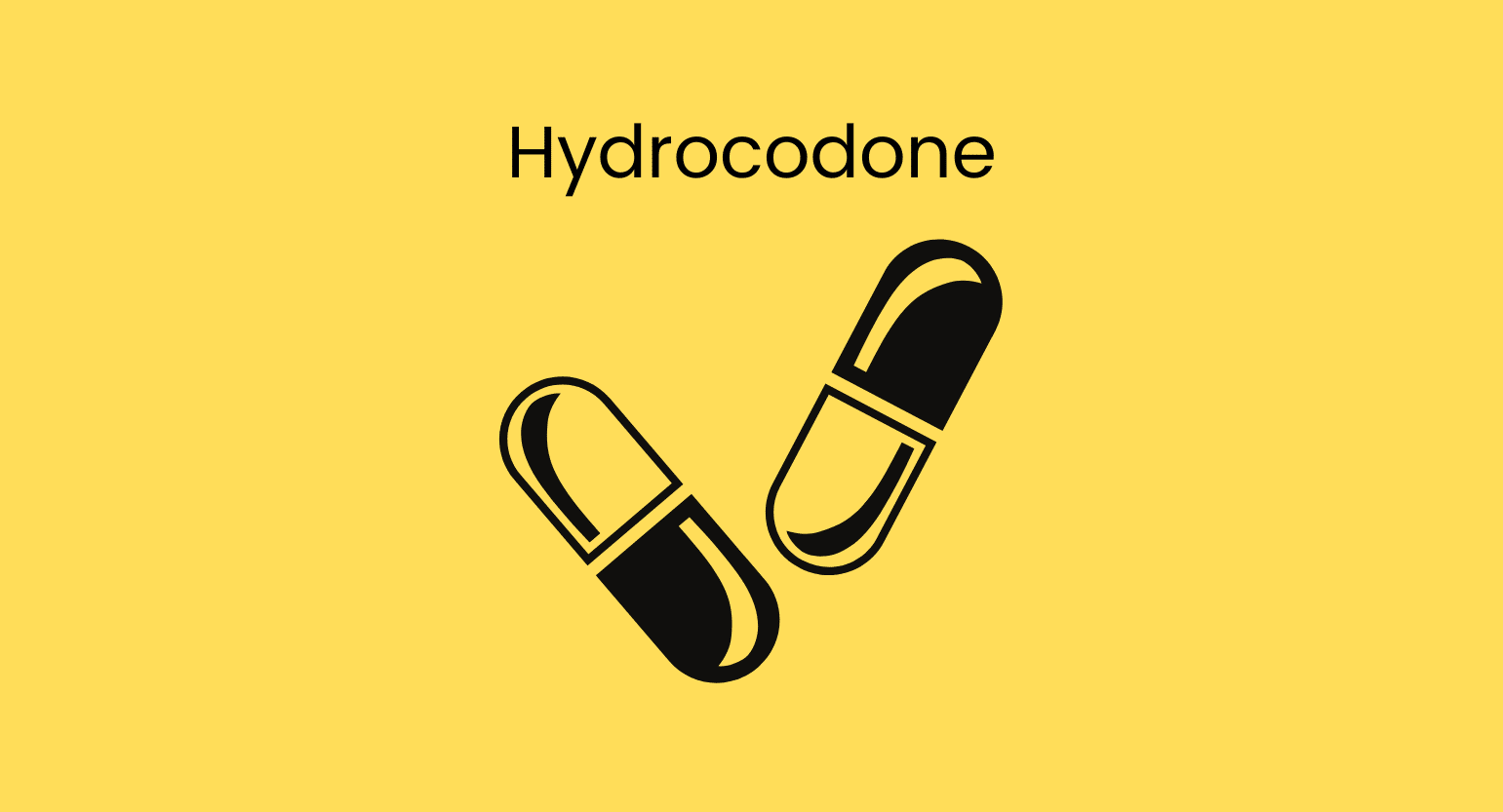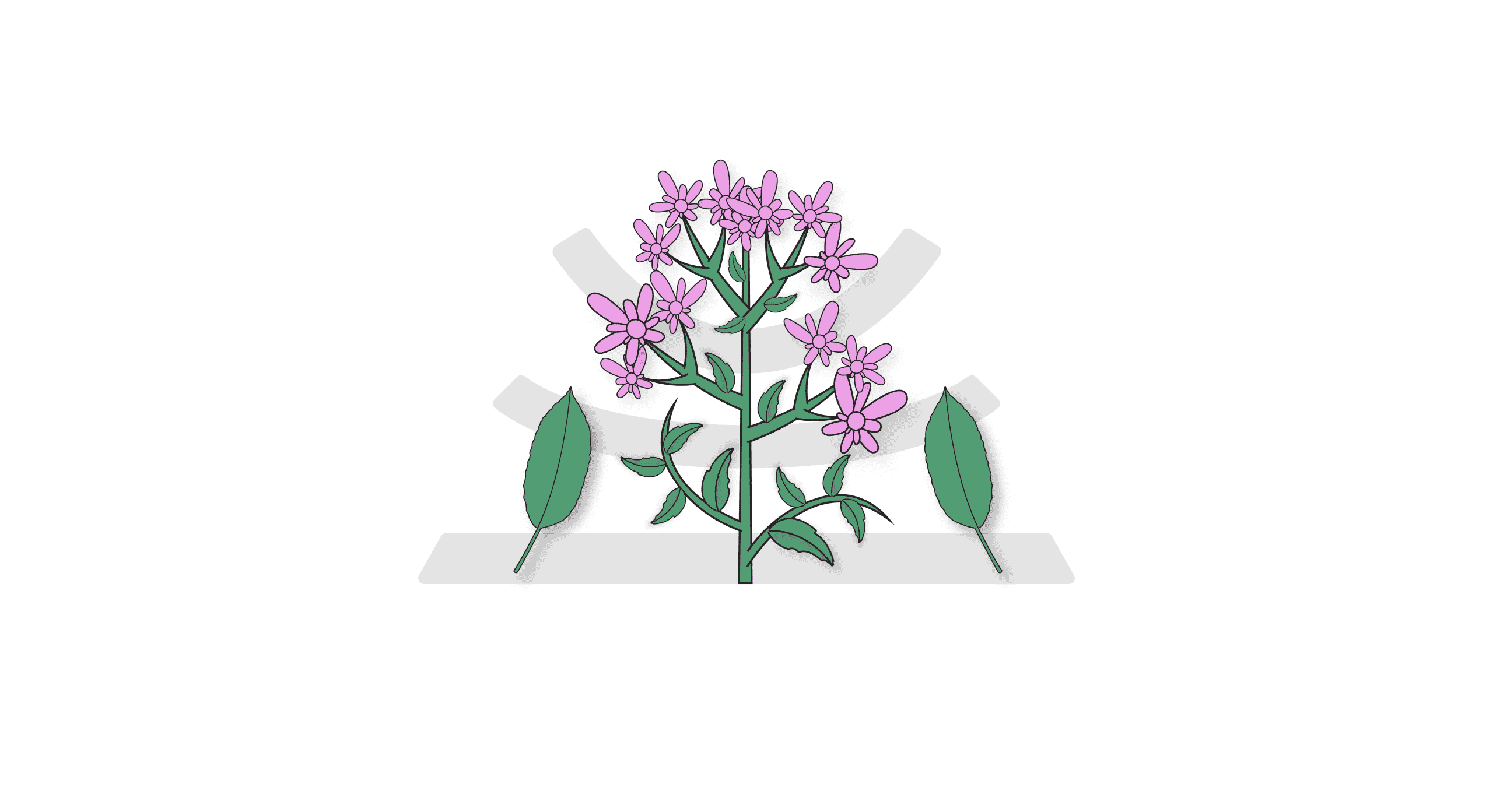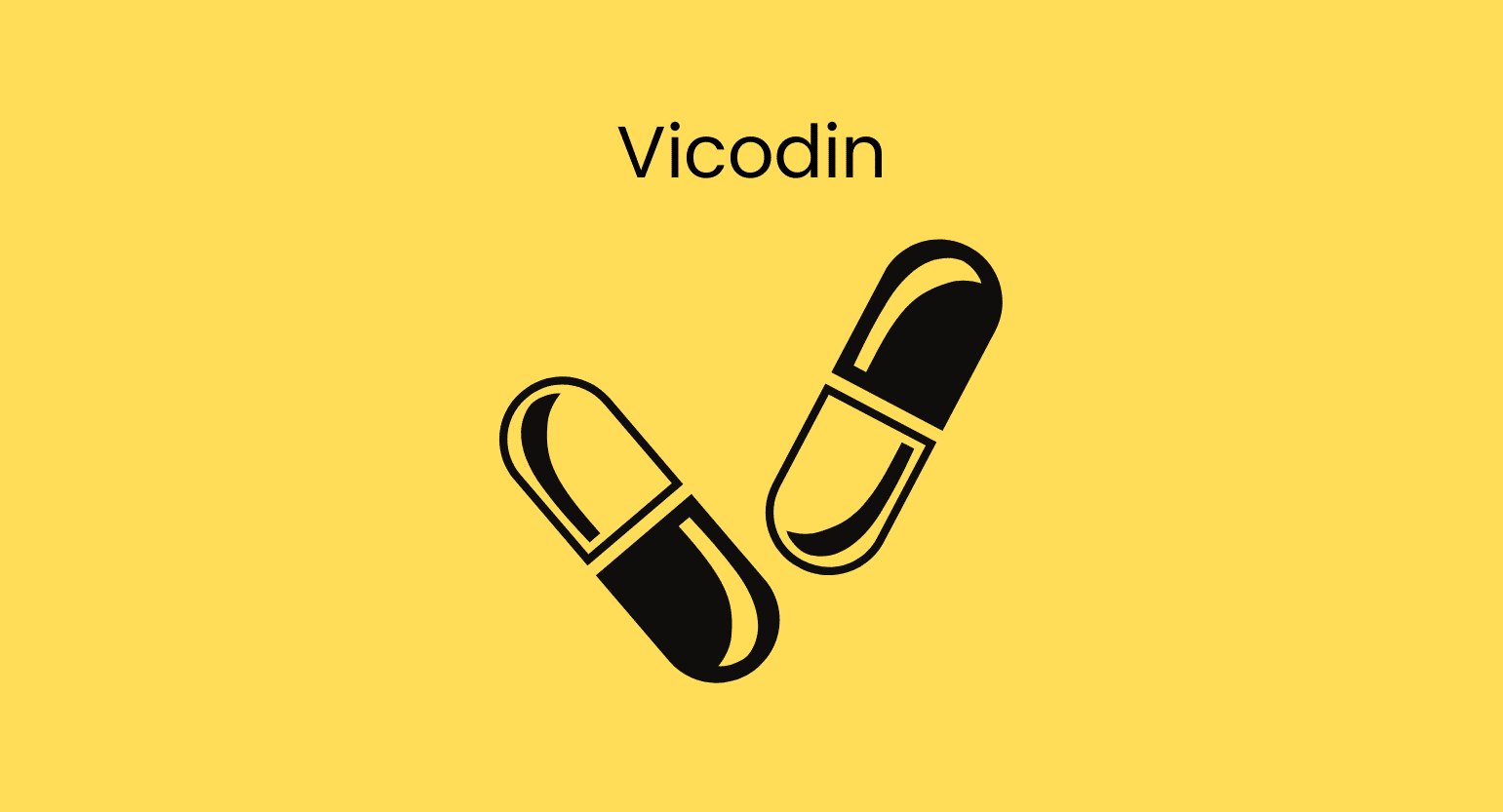Does Kratom Interact With Escitalopram?
Kratom and escitalopram are metabolic competitors — meaning that, when taken together, they can accumulate in the body, and the user will experience side effects from both drugs.
The effects of kratom and escitalopram are very different. Escitalopram increases serotonin concentrations at the synapse, while kratom focuses primarily on the opioid receptors and dopamine. Therefore, these substances are unlikely to interact with each other directly.
However, there’s a strong chance these compounds will interact to some degree in the liver.
Escitalopram is metabolized by three cytochrome P450 (CYP) enzymes, with each contributing about the same levels of drug clearance: CYP2C19 (36%), CYP2D6 (30%), and CYP3A4 (34%) [1, 2].
On the other hand, the CYP2D6 and CYP2C9 enzymes are the primary metabolizers of kratom alkaloids [3, 4].
This overlap means that kratom and escitalopram are going to compete for their breakdown in the liver. If the liver can’t keep up, serum levels of both drugs will remain higher for longer.
For one-off use of kratom, this isn’t a big deal. It basically means kratom will last a little longer before wearing off.
However, for escitalopram, this can pose a problem.
Escitalopram requires careful titration, meaning the amount you take in must match the amount metabolized to maintain consistent antidepressant effects all day long. If another substance, such as kratom, is consumed alongside it, the amount of the drug leaving the body will be less than the amount entering it. Over time, this can lead to toxicity and overdose.
This interaction is unlikely to have any effect with one dose of kratom. However, repeated doses may cause dangerous levels to build up over time.
The same risk applies when combining kratom with any SSRI medications.
Escitalopram Specs
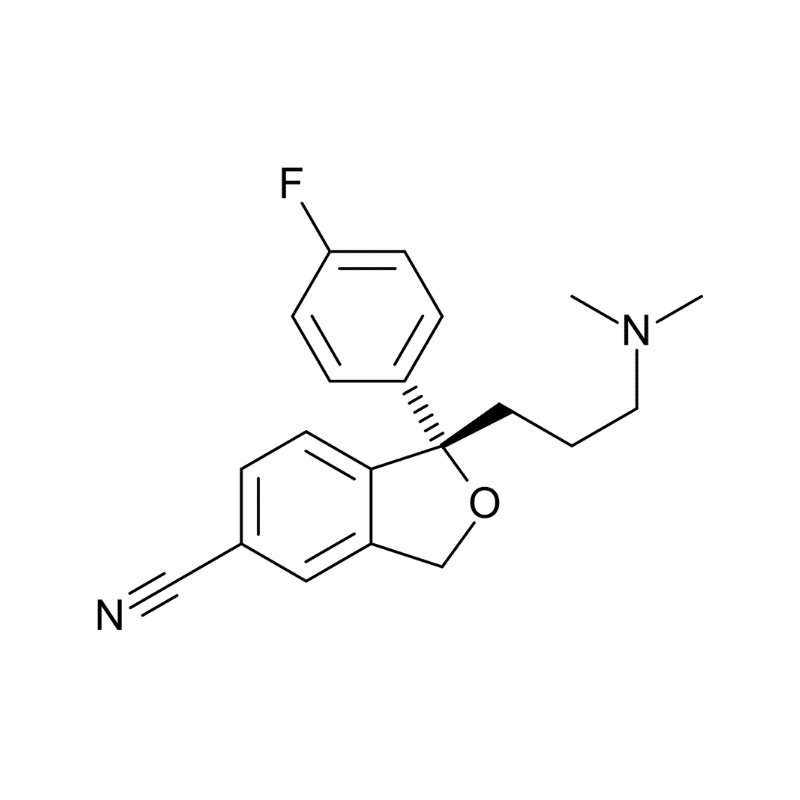
| Drug Name | Escitalopram |
| Trade Name | Cipralex, Lexapro |
| Classification | SSRI Antidepressant |
| CYP Metabolism | CYP2C19, CYP2D6, and CYP3A4 |
| Interaction With Kratom | Metabolic competition |
| Risk of Interaction | Low |
Is it Safe to Take Kratom With Escitalopram?
When taking a single, low dose of kratom combined with escitalopram, the risk could be comparable to taking a cup of strong, concentrated coffee.
However, taking escitalopram with high or repeated kratom doses poses a significant risk and is not considered safe.
If you’re taking escitalopram, or other SSRI medications, speak with your doctor before trying kratom. Your doctor may want to reduce the dose of your SSRIs to minimize the risk with this combination.
What is Escitalopram?
Escitalopram is an orally-ingested prescription antidepressant belonging to the selective serotonin reuptake inhibitor (SSRI) class.
SSRIs are the most widely prescribed antidepressants in the United States and are considered one of the first-line treatments for depression-related disorders.
Like other SSRIs, escitalopram works by altering brain function to increase the extracellular levels of serotonin, a neurotransmitter that mediates satisfaction levels, happiness, and optimism.
Serotonin is a complex molecule involved in many biological processes. Depleting serotonin levels is thought to play an important part in depressive moods [5].
What is Escitalopram Used For?
The FDA has approved escitalopram for the treatment of the following diseases:
- Acute and maintenance treatment of Major Depressive Disorder (MDD) in adults and adolescents
- Acute treatment of Generalized Anxiety Disorder (GAD) in adults
Additionally, escitalopram has also been found to be effective in treating premenstrual syndrome (PMS) symptoms [6].
Even though all SSRIs function roughly the same, sertraline (Zoloft) or fluoxetine (Prozac) have slight differences compared to escitalopram. For example, varying degrees of selectivity in terms of other monoamine transporters.
These differences mean some SSRIs will function better for certain diseases.
If you feel like you could benefit from a prescription antidepressant: contact your doctor to find out if you’re right for treatment and, if so, what specific compound will work best for you.
What Are the Side Effects of Escitalopram
As with all prescription drugs, escitalopram carries the possibility of causing certain side effects.
Some of the most common side effects of escitalopram include [7]:
- Appetite fluctuations
- Decreased libido
- Diarrhea
- Dizziness
- Ejaculation-related disorders
- Excessive sweating
- Fatigue
- Fever
- Headache
- Insomnia
- Joint pain
- Nausea
- Paraesthesia
- Tremors
- Vomiting
Additionally, the abrupt cessation of escitalopram may cause withdrawal symptoms, such as dizziness, nausea, and lethargy [7, 8].
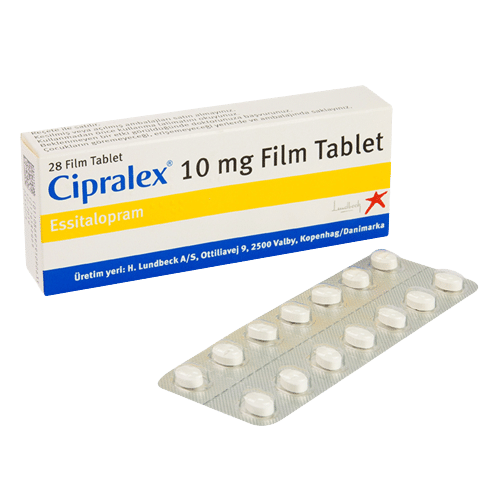
What is Kratom?
Kratom (Mitragyna speciosa) is a tropical evergreen tree native to Southeast Asia. The leaves are harvested and ground into a fine powder, where they’re consumed for a variety of therapeutic effects.
Kratom owes its psychoactive properties to the many plant-based alkaloids it contains.
Alkaloids are a class of natural chemical compounds that occur naturally in plants and animal species.
Kratom’s alkaloids bind to receptors in the central nervous system to produce analgesic effects that are comparable to opioids.
However, kratom is, without a doubt, a safer alternative than pharmacological opiates.
What is Kratom Used For?
Unfortunately, kratom is still an unregulated substance.
This means there are few large-scale scientific studies to conclusively support many of kratom’s benefits.
Nevertheless, the kratom community is vast, and within it, there are thousands of anecdotal stories that can attest to kratom’s ability to treat numerous ailments.
Kratom is mainly used for five main reasons:
- As an energy booster similar to coffee
- As an analgesic for managing chronic pain
- As an anxiolytic for alleviating anxiety & depression
- As an opioid-agonist for supporting opiate withdrawal syndrome (under medical supervision)
- As a herbal sedative for promoting a deeper, more restorative sleep
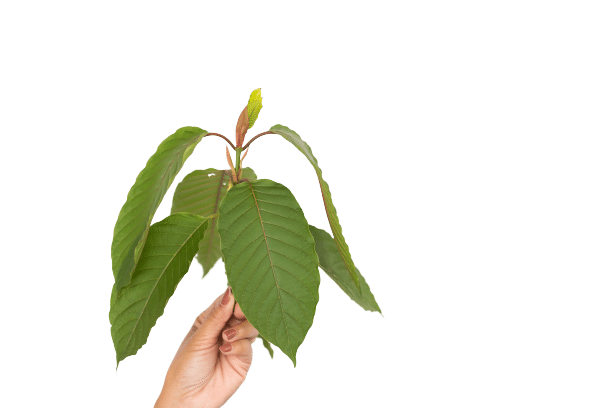
What’s the Dose of Kratom?
The one thing you should know about formulaic dosage prescriptions is that they’re always best taken with a grain of salt.
Our bodies and medical situations will always be different, which means there are always complicating factors such as body weight and method of ingestion.
Having said that, these are the general kratom dosage guidelines:
- Low dose: 1 – 5 g
- Medium dose: 5 – 10 g
- High dose: 10 – 15 g
Also, kratom is a spectrum drug, meaning its effects will vary according to the dosage.
Take low doses to stimulate the nootropic effects of kratom. Medium to high doses is best for analgesic, anxiolytic, and sedative-like benefits.
What Are the Side Effects of Kratom?
The most common side effects of kratom include:
- Anxiety
- Brain fog
- Constipation
- Dizziness
- Headaches
- Lethargy
What Are the Different Types of Kratom?
Kratom is available for purchase in a wide range of distinct strains.
These variations usually refer to the ‘type’ of kratom strain and the region where it was grown.
The difference in the alkaloid profiles is thought to arise because of certain differences in the harvesting methods and soil composition used by local farmers in Southeast Asia.
It’s important to understand that all kratom strains share the same benefits. The difference lies in how each strain emphasizes different aspects of the basic kratom spectrum.

White Vein Kratom
If you want to stimulate high mental energy, increase your attention span and boost your method, then white-veined kratom strains are your best option.
Users of white vein kratom rave about the mental benefits these strains can provide.
Replace your morning coffee with white Thai kratom and see your mornings become more energized.

Red Vein Kratom
The red-veined kratom strains are the answer for anyone looking for a herbal pain relief option that is safe for long-term use.
Don’t risk developing nasty side effects or addiction symptoms from pharmacological painkillers — handle your chronic pain with red vein kratom.
It’s also great for anxiety or sleep support.

Green Vein Kratom
If you’re not looking for the targeted experience of a white or red strain, then you’re most likely trying to experience the whole suite of kratom’s benefits.
If so, then green vein kratom is your best bet.
Green-veined strains have a great balance of benefits and will not disappoint.

Yellow Vein Kratom
Yellow vein kratom is thought to be a subcategory of the three main kratom strains.
This is because yellow vein kratom is actually a mixture of white and red. Every vendor has its own “house blend,” which makes it hard to predict the effect of these strains.
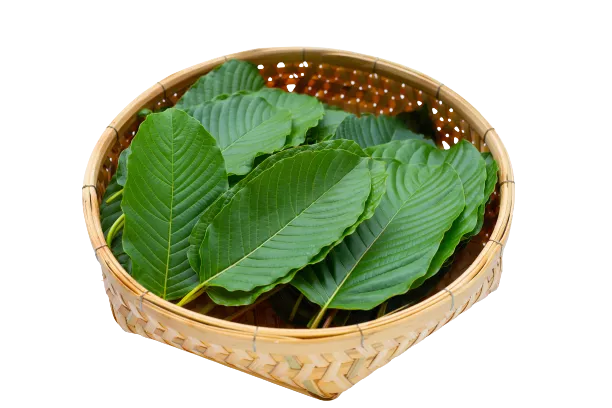
Key Takeaways: Is it Safe to Mix Kratom & Escitalopram?
There are obvious concerns with mixing kratom and antidepressants, including escitalopram.
However, when used infrequently and in lower doses, kratom is unlikely to exert any significant negative interactions with escitalopram or other SSRI medications.
With that said, always speak to your doctor before taking kratom if you’ve been prescribed any medication whatsoever.
- Culpepper, L. (2002). Escitalopram: A new SSRI for the treatment of depression in primary care. Primary care companion to the Journal of clinical psychiatry, 4(6), 209.
- Noehr‐Jensen, L., Zwisler, S. T., Larsen, F., Sindrup, S. H., Damkier, P., & Brosen, K. (2009). Escitalopram is a weak inhibitor of the CYP2D6‐catalyzed O‐demethylation of (+)‐tramadol but does not reduce the hypoalgesic effect in experimental pain. CliniCAl PhArMACologY & ThErAPEUTiCs, 86(6), 626-633.
- Hanapi, N. A., Ismail, S., & Mansor, S. M. (2013). Inhibitory effect of mitragynine on human cytochrome P450 enzyme activities. Pharmacognosy Research, 5(4), 241.
- Kamble, S. H., Sharma, A., King, T. I., León, F., McCurdy, C. R., & Avery, B. A. (2019). Metabolite profiling and identification of enzymes responsible for the metabolism of mitragynine, the major alkaloid of Mitragyna speciosa (kratom). Xenobiotica, 49(11), 1279-1288.
- Jenkins, T. A., Nguyen, J. C., Polglaze, K. E., & Bertrand, P. P. (2016). Influence of tryptophan and serotonin on mood and cognition with a possible role of the gut-brain axis. Nutrients, 8(1), 56.
- Marjoribanks, J., Brown, J., O’Brien, P. M. S., & Wyatt, K. (2013). Selective serotonin reuptake inhibitors for premenstrual syndrome. Cochrane Database of Systematic Reviews, (6).
- Burke, W. J. (2002). Escitalopram. Expert Opinion on Investigational Drugs, 11(10), 1477-1486.
- Prakash, O., & Dhar, V. (2008). Emergence of electric shock-like sensations on escitalopram discontinuation. Journal of clinical psychopharmacology, 28(3), 359-360.

